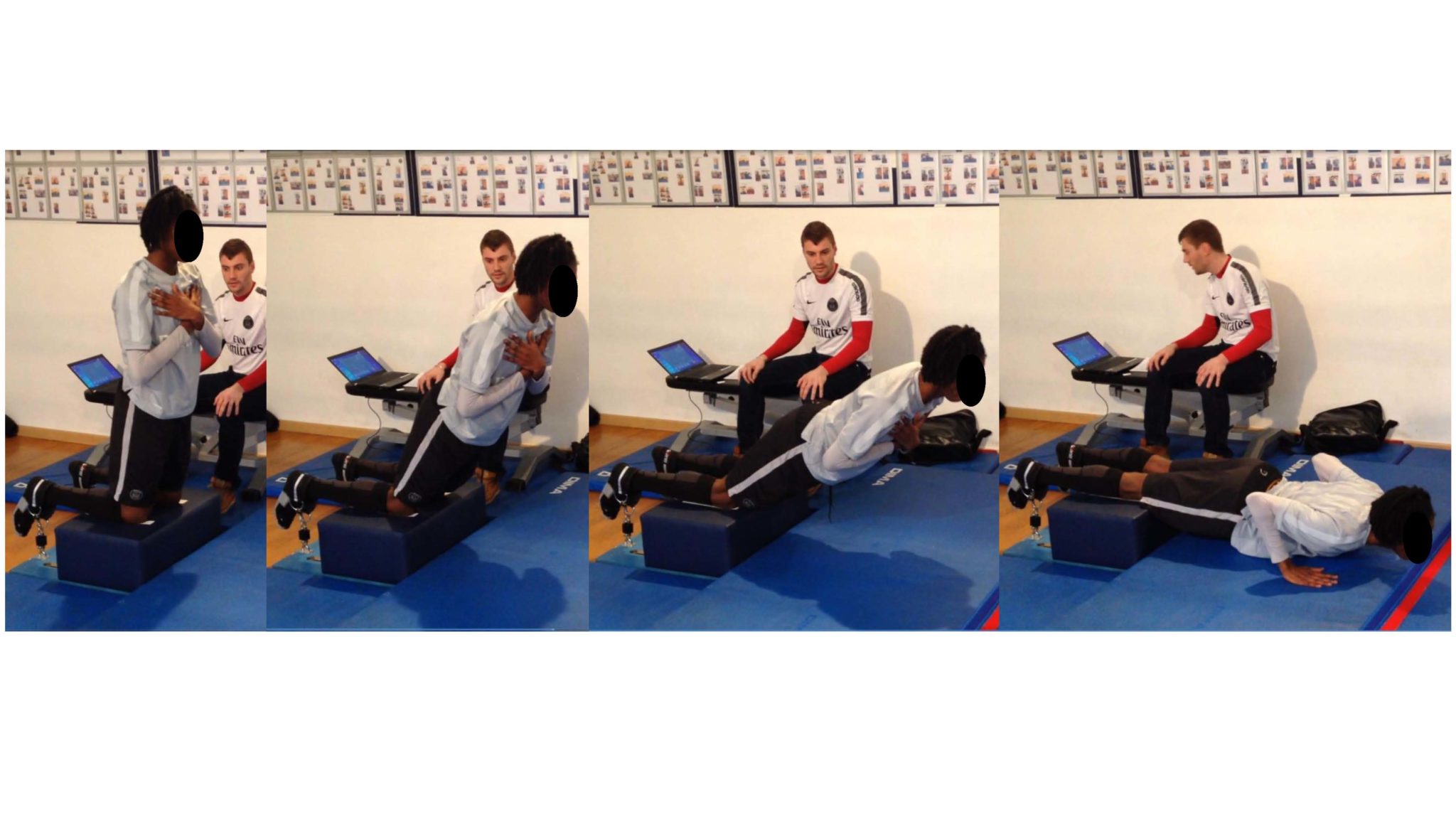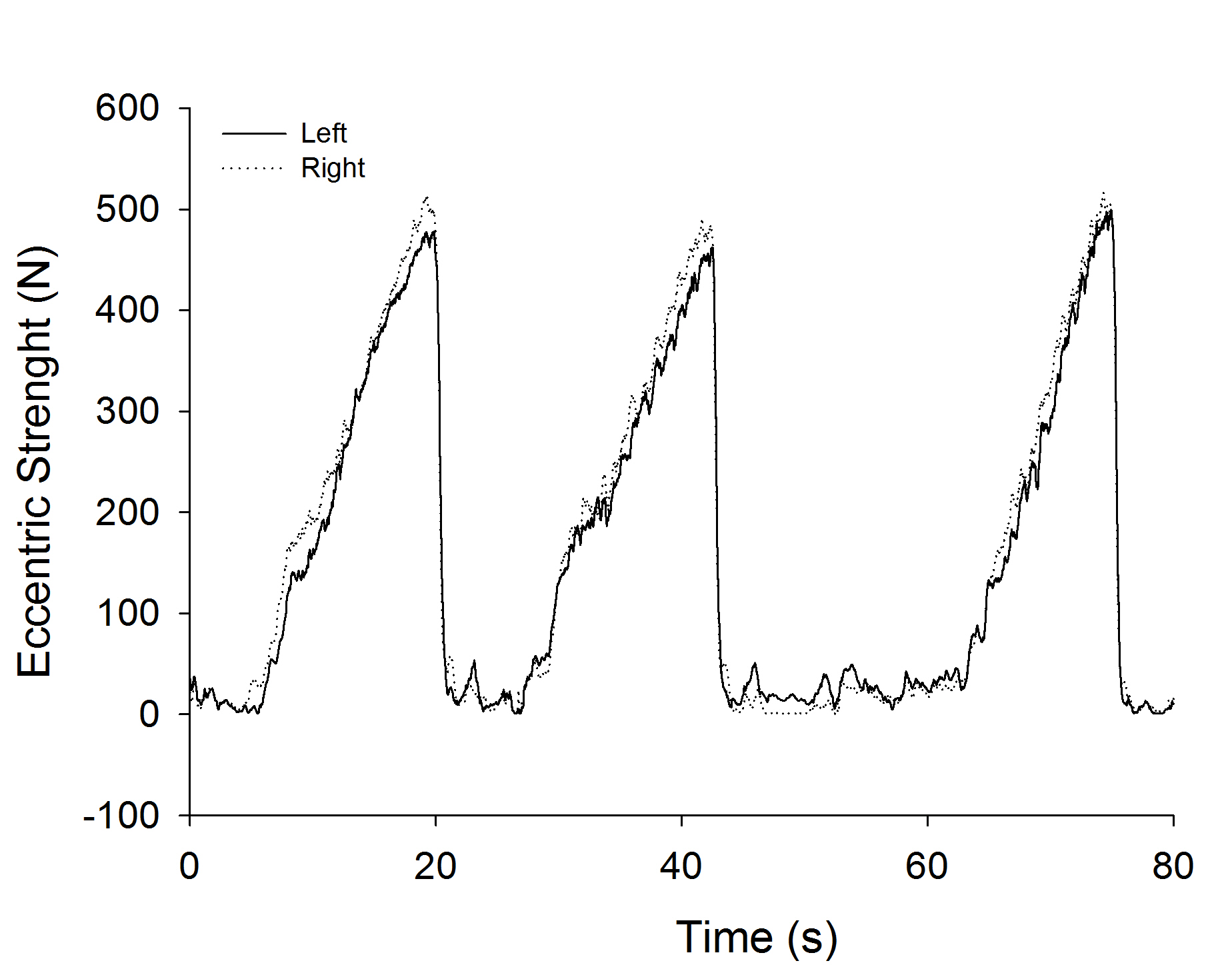The effect of body mass on eccentric knee flexor strength assessed with an instrumented Nordic hamstring device (Nordbord) in football players
 Buchheit M, Cholley Y, Nagel M and Poulos N. The effect of body mass on eccentric knee flexor strength assessed with an instrumented Nordic hamstring device (Nordbord) in football players. Int J Sports Physiol and Perf, In press – full text here
Buchheit M, Cholley Y, Nagel M and Poulos N. The effect of body mass on eccentric knee flexor strength assessed with an instrumented Nordic hamstring device (Nordbord) in football players. Int J Sports Physiol and Perf, In press – full text here Abstract
AbstractPurpose. The aims of the present study were to 1) examine the effect of body mass (BM) on eccentric knee flexor strength using the Nordbord, and 2) offer simple guidelines to control for effect of BM on knee flexors strength.
Methods. Data from 81 soccer players (U17, U19, U21, senior 4th French division and professionals) and 41 Australian Football League (AFL) players were used for analysis. They all performed one set of three maximal repetitions of the bilateral Nordic hamstring exercise, with the greatest strength measure used for analysis. The main regression equation obtained from the overall sample was used to predict eccentric knee flexor strength from a given BM (moderate TEE, 22%). Individual deviations from the BM-predicted score were used as a BM-free index of eccentric knee flexor strength.
Results. There was a large (r = 0.55, 90% confidence limits: 0.42;0.64) correlation between eccentric knee flexor strength and BM. Heavier and older players (professionals, 4th French division and AFL) outperformed their lighter and younger (U17-U21) counterparts, with the soccer professionals presenting the highest absolute strength. Professional soccer players were the only ones to show strength values likely slightly greater than those expected for their BM.
Conclusions. Eccentric knee flexor strength, as assessed with the Nordbord, is largely BM-dependent. To control for this effect, practitioners may compare actual test performances with the expected strength for a given BM, using the following predictive equation: eccentric strength (N) = 4 x BM (kg) + 26.1. Professional soccer players with specific knee flexors training history and enhanced neuromuscular performance may show higher than expected values.
Keywords: hamstring strength; injuries; Australian Football League; soccer; association football.
Array




